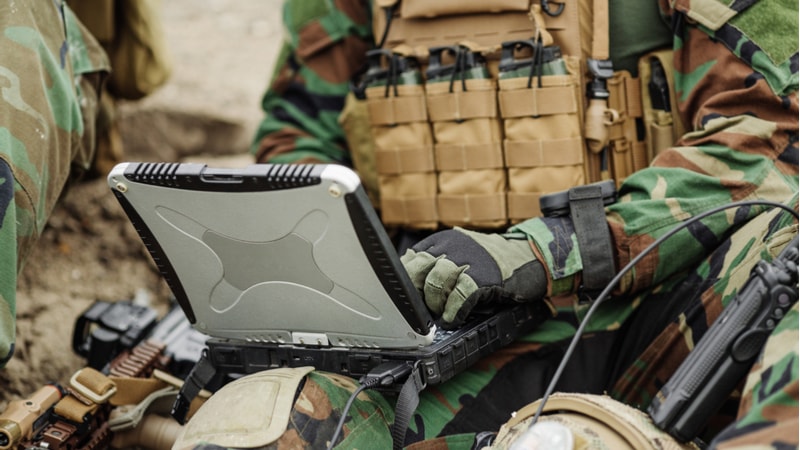
The Defense Innovation Board (DIB) released a study and draft implementation plan today to help the Department of Defense (DoD) overhaul its software acquisition processes, with DoD looking to pilot some of the recommendations in fiscal year 2020 and implement on a department-wide basis in the FY2021 National Defense Authorization Act (NDAA).
The Software Acquisition and Practices (SWAP) study was commissioned by Section 872 of the 2018 NDAA, and highlights three main themes:
- Speed and cycle time are the most important metrics for managing software;
- Digital talent matters; and
- Software is different than hardware, and not all software is the same
To support these themes and address the problems found in the report, DIB recommends four different lines of effort, including action from Congress:
- Congress should offer new authorities, like a new appropriation for software as a single budget item, and offer new acquisition pathways for software;
- The services should maintain cross-service digital infrastructure that offers ATO reciprocity, allows contractors easier compliance using government equipment, and allows iterative software development;
- DoD should create new paths for digital talent, like software development units, expand training on modern software development, and eventually offer a separate career track for technical military personnel; and
- DoD should revamp software acquisition, by requiring access to source code for DoD-specific code, make security a top priority in software development, and move away from rigid requirements.
In a press conference today, Ellen Lord, undersecretary of defense for acquisition and sustainment, offered her backing for the report, and noted that DoD will look to pilot some of the approaches in FY2020 across a range of projects – including both “platforms and business systems” – to test potential implementation across the Pentagon.
“I plan to provide an initial implementation plan to the defense oversight committees within the next 60 days, and then the OSD (Office of the Secretary of Defense) will continuously iterate on that plan, providing full visibility to all stakeholders,” Lord said.
Unlike most studies, the SWAP Study comes with a concrete implementation plan, with lead offices assigned and recommendations on when to achieve the report’s suggested actions.
“We tried to do this study very differently. We tried to do this the way you do software, not just because that’s a clever way to do a study, but because that’s part of the cultural change that has to happen in the way the Department approves the implementation of the recommendations in this study. It is an iterative process,” said Michael McQuade, co-author of the report.
“They should provide the Department and Congress a starting point from which to act on the recommendations and instill critical accountability across the organization and in industry,” wrote Dr. Eric Schmidt, chairman of the Defense Innovation Board, in a letter preceding the study.
The recommendation for congressional action was an intentional choice over the use of existing DoD authorities, the authors said.
“We make a statement early on in the report that says, ‘It is in fact true that you could likely implement almost everything in this study within the existing processes and authorities in the Department, and in so doing, you would have to be a hero, and that’s not the most efficient way to do things here,” said McQuade.
Now that the report is in hand, DIB is being realistic about the time it will take to make an impact.
“Past experience suggests we should not anticipate that this report will miraculously result in solutions to every obstacle we have found, but we hope that the two-year conversation around it will provide the impetus for figuring out how to make the changes for which everyone is clamoring,” the SWAP Study notes.
